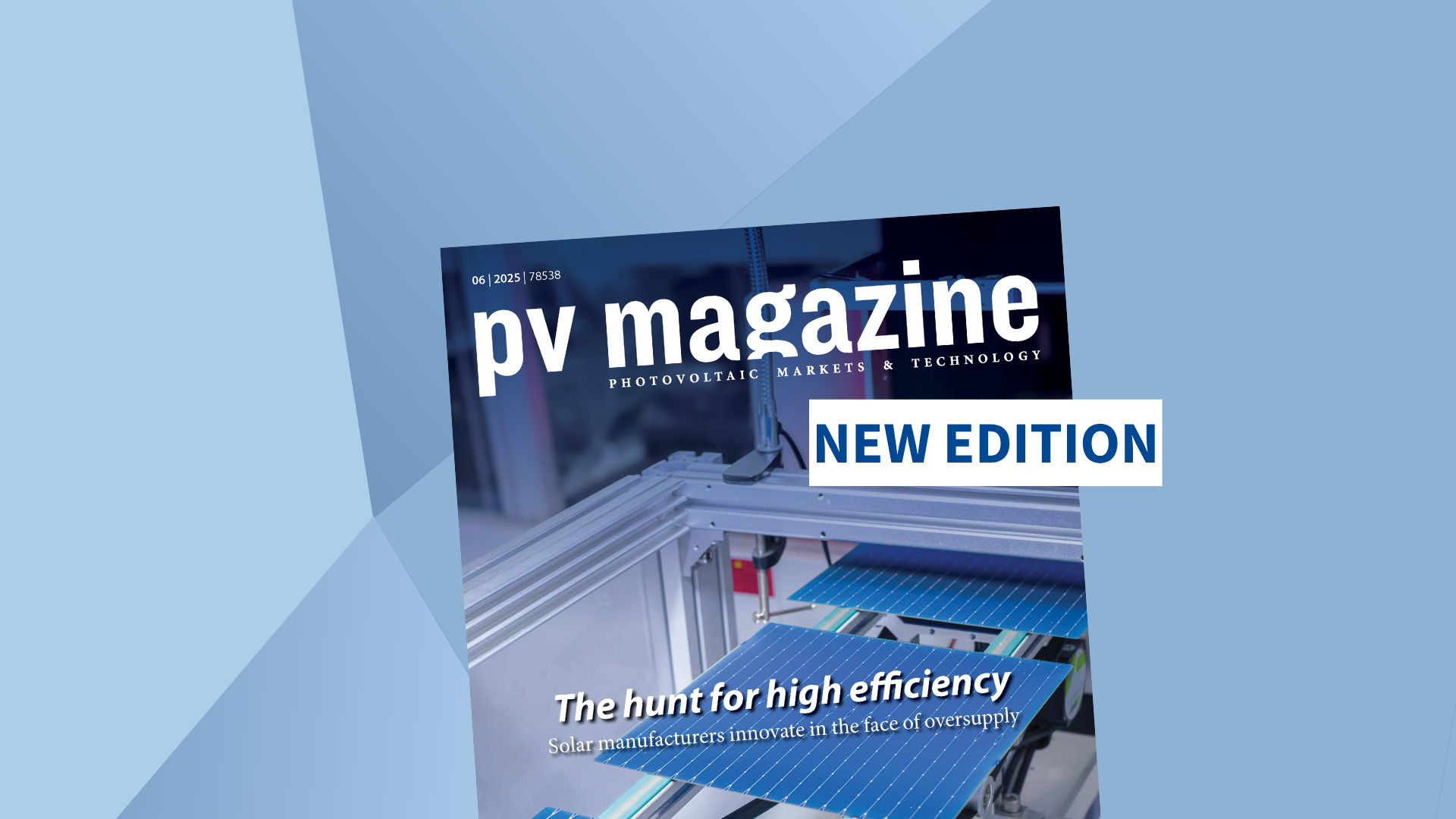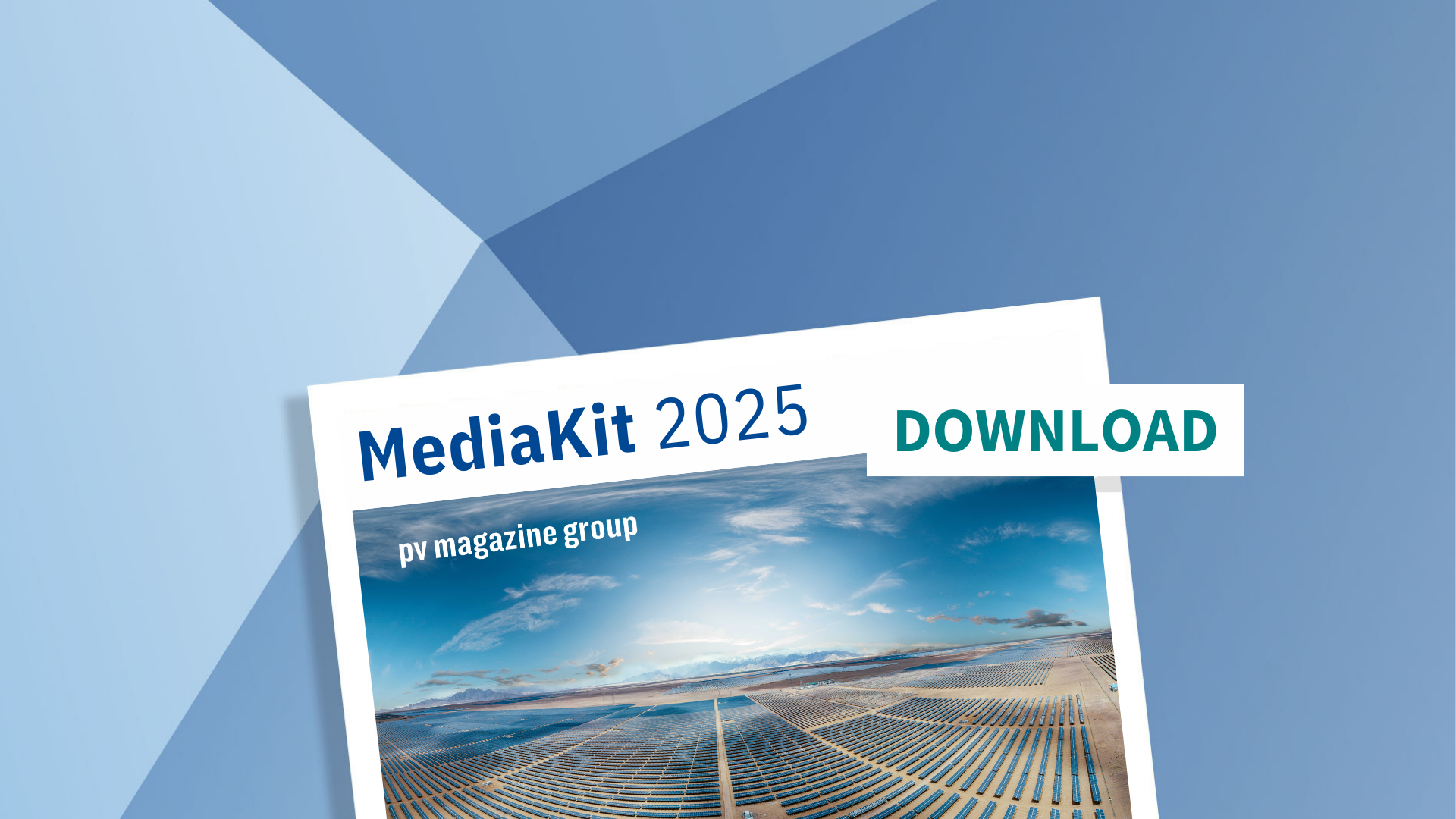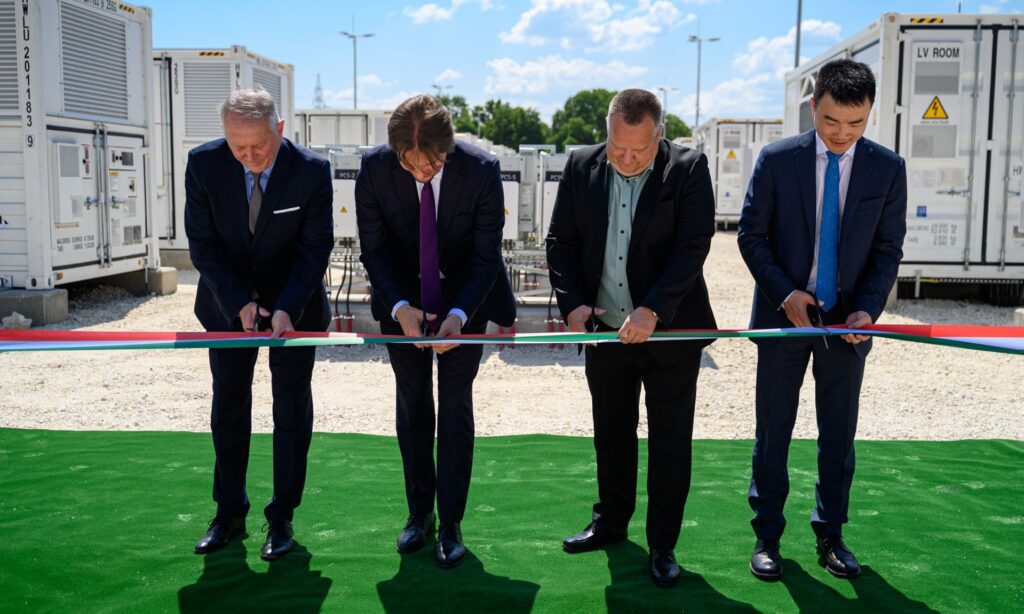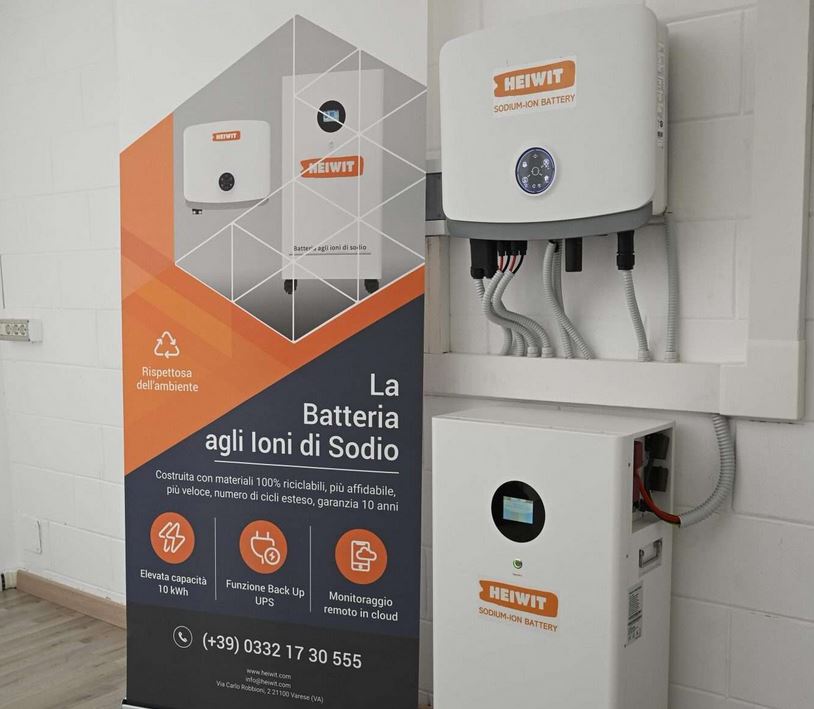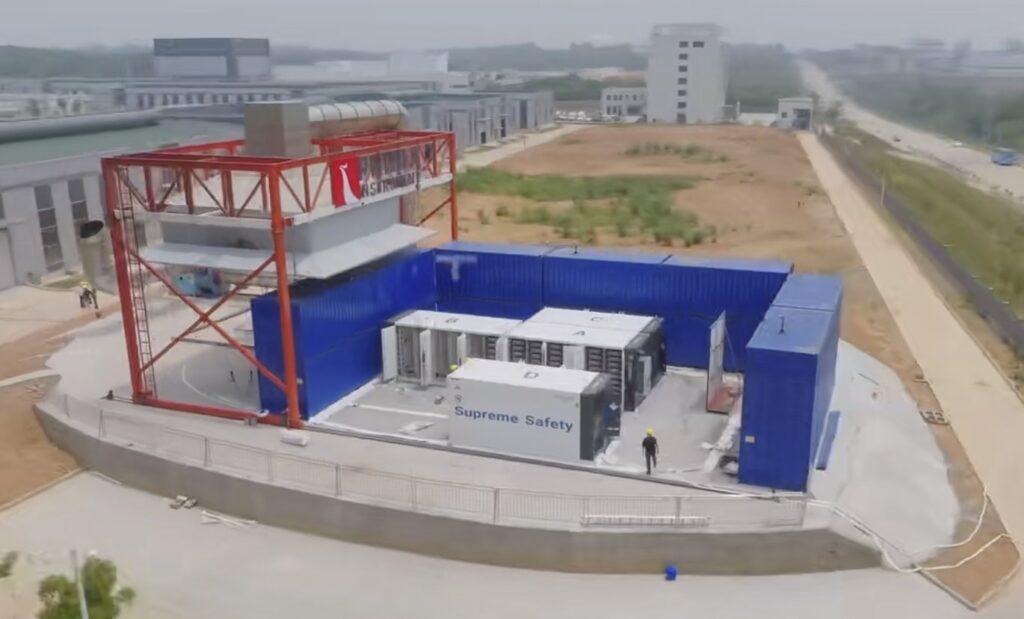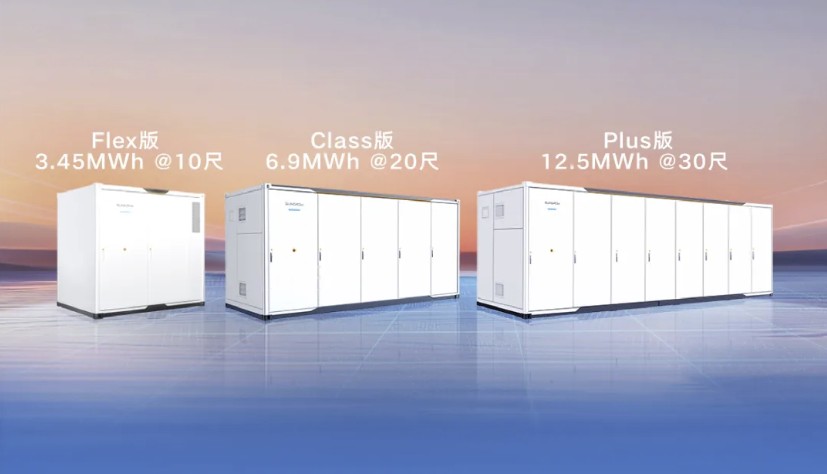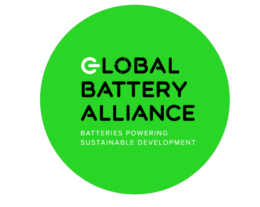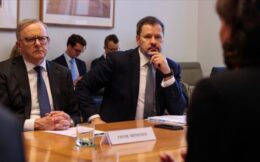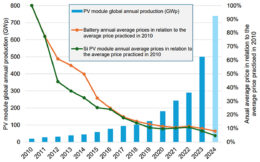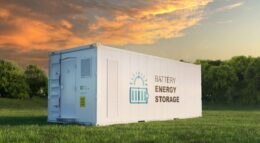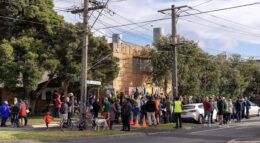Home battery incentives could see 100,000 systems installed in Western Australia
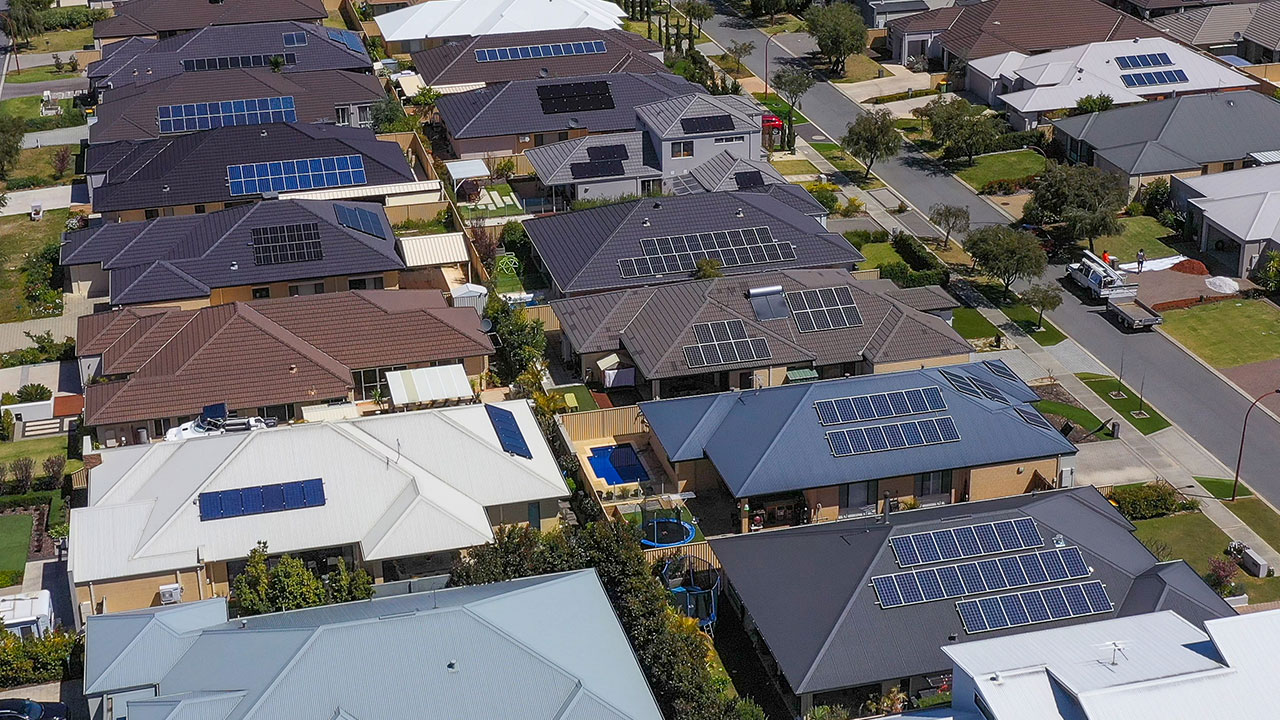
The WA government has announced its home battery rebate scheme, and that of the federal government, will work in unison to fund up to 100,000 residential systems in the state. Incentives under the programs, both of which are due to start on July 1, will not be stackable.
Earlier this year the WA government committed AUD 387 million ($250 million) to help eligible households on the Synergy and Horizon Power networks install battery energy storage systems. That was followed by the Australian government announcing its AUD 2.3 billion Cheaper Home Batteries Program, offering about a 30% discount on the upfront cost of installing small-scale battery systems for households and small businesses.
The national scheme was originally expected to be available in addition to state incentives, but WA Energy Minister Amber-Jade Sanderson said the two schemes will operate in combination, delivering a fivefold increase in the scope of the state-based program and contributing about 1 GWh of storage to the grid.
“We’ve been working closely behind the scenes to make sure that we can align our schemes, and it essentially means that five times more people will have access to the scheme, to the state’s rebate,” Sanderson said.
“Originally the state rebate scheme was designed to support 20,000 customers. Today we are announcing that the state and federal government battery rebate schemes will be aligning to provide rebates for up to 100,000 people.”
From the start of next month, the state scheme will offer rebates for residential batteries of up to AUD 1,300 for Synergy customers (AUD 130 per kilowatt-hour of battery capacity) and up to AUD 3,800 for Horizon Power customers (AUD 380 per kWh of battery capacity). With assistance under the federal program, residents will be able to receive up to AUD 5,000 and AUD 7,500, respectively, towards the cost of a battery installation.
Interest-free loans of up to AUD 10,000 will also be available to purchase batteries and new or upgraded equipment such as inverters and solar panels, as long as they are installed with a battery.
To qualify for the scheme, the battery system must be either new, additional, or a replacement, with a minimum 5 kWh storage capacity and maximum 10 kWh storage capacity. Larger systems can be installed but the rebate will be capped at 10 kWh.
The federal scheme requires subsidized batteries to be virtual power plant (VPP)-ready but batteries installed through the WA program will need to participate in a VPP product.
WA Premier Roger Cook said batteries installed through the scheme will help play a vital role in securing the state’s energy future, with households to be financially rewarded through “above-average feed-in tariffs” when they share their stored renewable power as part of a VPP.
“My government is committed to securing Western Australia’s energy future and growing our renewables sector,” he said.
“Empowering households to play a role in decarbonizing our state by selling their excess renewable energy back to the grid, while supporting the energy needs of the entire community, is a great example of how we can work together to secure our energy future.”
“We know WA’s booming economy and growing population means we will need an affordable and secure supply of energy going forward, and the WA Household Battery Rebate will mean households play a central role in meeting that need.”
Smart Energy Council WA General Manager Charlie Caruso said the establishment of a VPP market under the new residential battery scheme is also to be congratulated.
“This is a critical signal to industry that WA is serious about building a flexible, resilient, and consumer-empowered energy system,” he said. “Enabling customer choice, interoperability, and third-party participation is exactly what’s needed to unlock the full value of consumer energy in Western Australia.”
From pv magazine Australia.

